Science Fiction Could Get Students To Crack AI
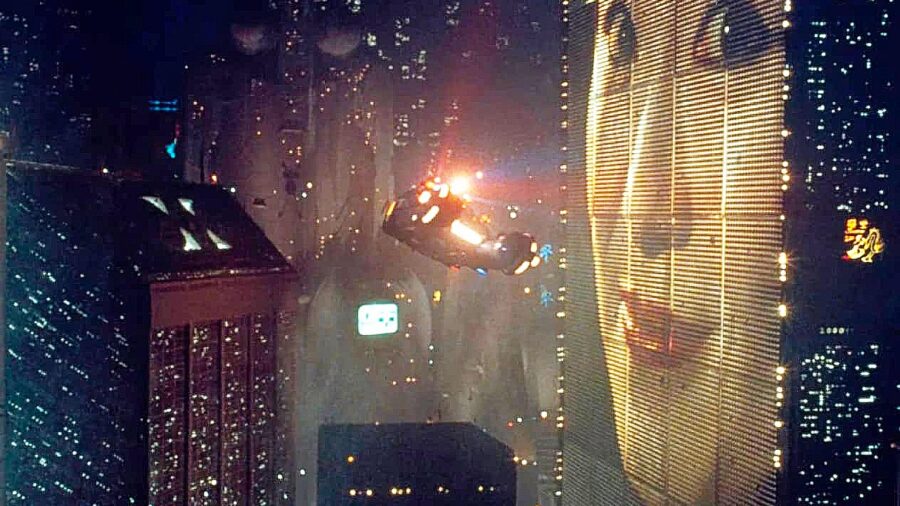
Teachers have long since discussed the difficulties in getting many of their students interested in more technical subjects like mathematics and science. However, some educators reveal concepts that involve intertwining the plotlines of popular science fiction novels and short stories to introduce their students to AI. Not only has this method shown to be an effective way of implementing learning across multiple subjects, but it’s also beginning to get younger minds to ask questions about what AI is and how it can shape our future.
Learning About AI From The Famous Sci-Fi Authors Who Predicted It
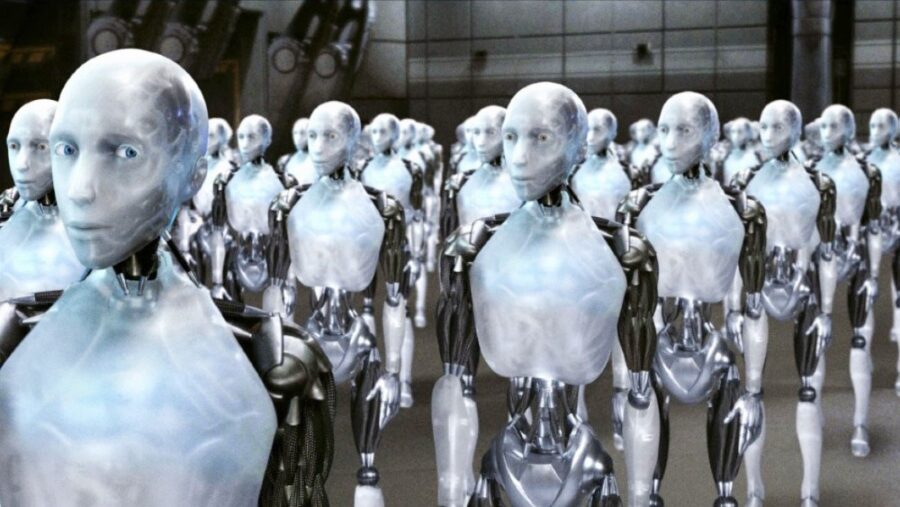
Examining the science fiction literature of the mid-20th century, we come across entries from the brilliant minds of Issac Asimov, Ray Bradbury, and Stanislaw Lem, each of whom wrote in part about dystopian futures where AI was a dominant feature. In these works, the concepts of computers learning to compose poetry and literature and students gaining most of their knowledge from devices rather than teachers serve as an eerie foretelling of what life in the 21st century has evolved into. Using these works from the past is a unique way of showing not only how the creative minds of the past saw the future but also giving students an insight into the tools they hold in their very hands today.
Understanding The Physical Aspect Of AI

As a concept that exists outside of the world of science fiction, AI can seem like an invisible entity to many learners. But some educators are focusing on the physical structures needed to make the cloud and other integral parts of our online world possible. These include giant server farms, massive mining operations for precious materials like cobalt and lithium needed for energy to sustain the farms, and the physical labor that is necessary to make all of the above possible.
Using Sci-Fi Novels To Show Younger Generations Their Could-Be Future
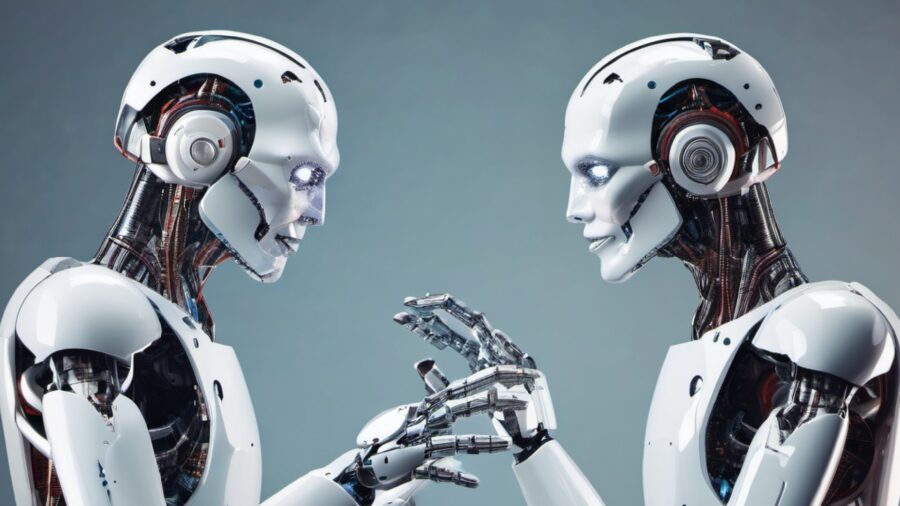
For that lesson to be driven home, English teacher Jeremy Sell takes his students through the life cycle of popular AI devices, like the Amazon Echo. He then shows his students a documentary about an African waste site named Agbogbloshie, a spot that looks like something out of a science fiction film. It is, in reality, one of the places that processes all of the AI and other smart devices after they have been disposed of.
Sell ties these real-life examples in with a 2012 novella, Folding Beijing. In this science fiction tale, we see a future that has most jobs automated and putting many people out of work. Those who do have jobs are typically the lowest class, who are tasked with processing the AI and other technical waste that the upper classes produce.
Gets Students Thinking About AI Ethics
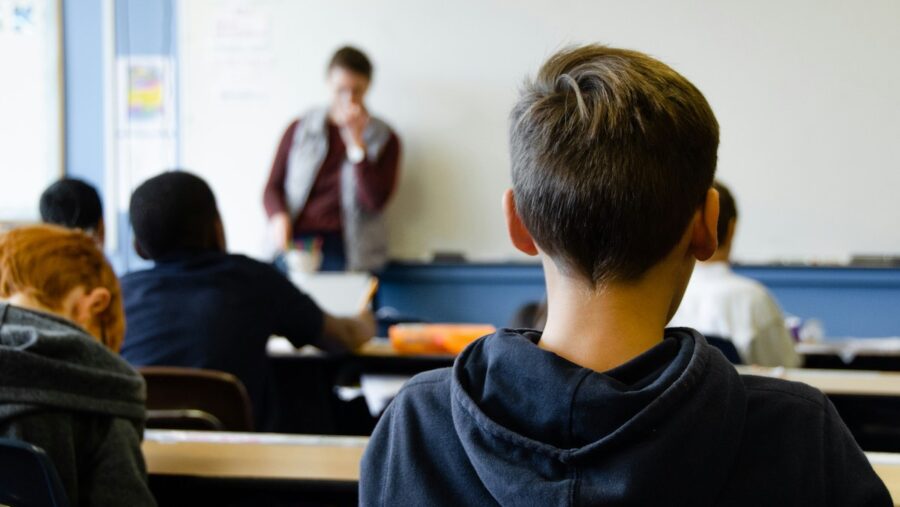
To Sell, this arrangement of lessons makes students do what is most important; think. His students begin to ask questions about the ethics behind total automation, and what will happen in real life if most of the jobs are lost because of technological advances. He likens it to exploring the possibilities behind science fiction that AI could soon make a reality.
Change Begins With Kids
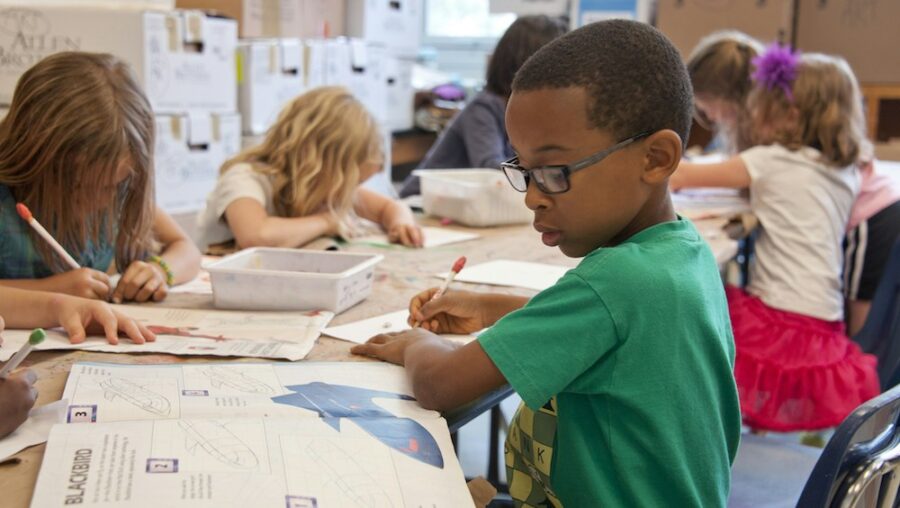
Sell and others hope that these exercises will generate students’ interest and involve them in such a way that they can help keep some of the nightmarish qualities from science fiction tales from becoming an AI future we don’t want to deal with.
Sources: Education Week











